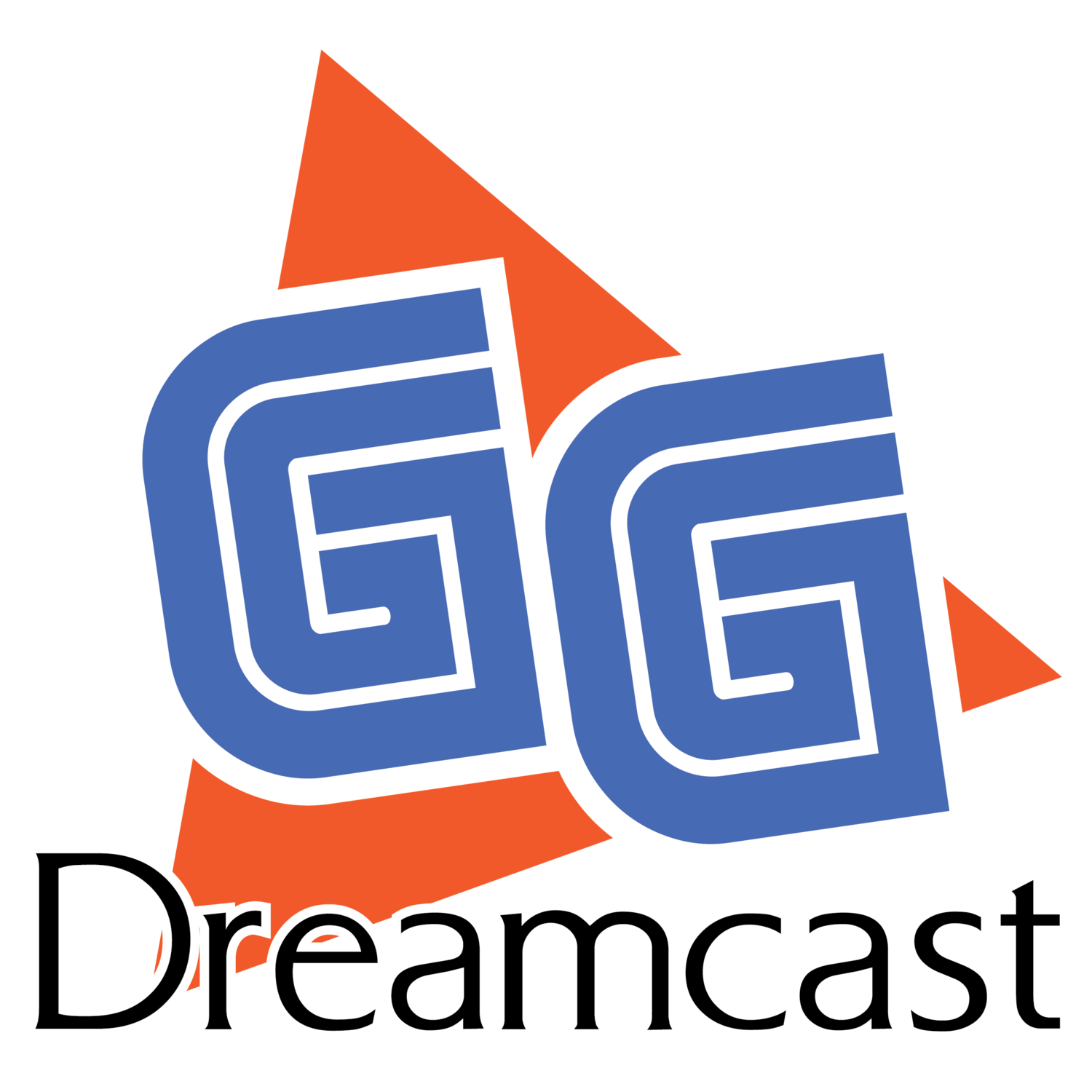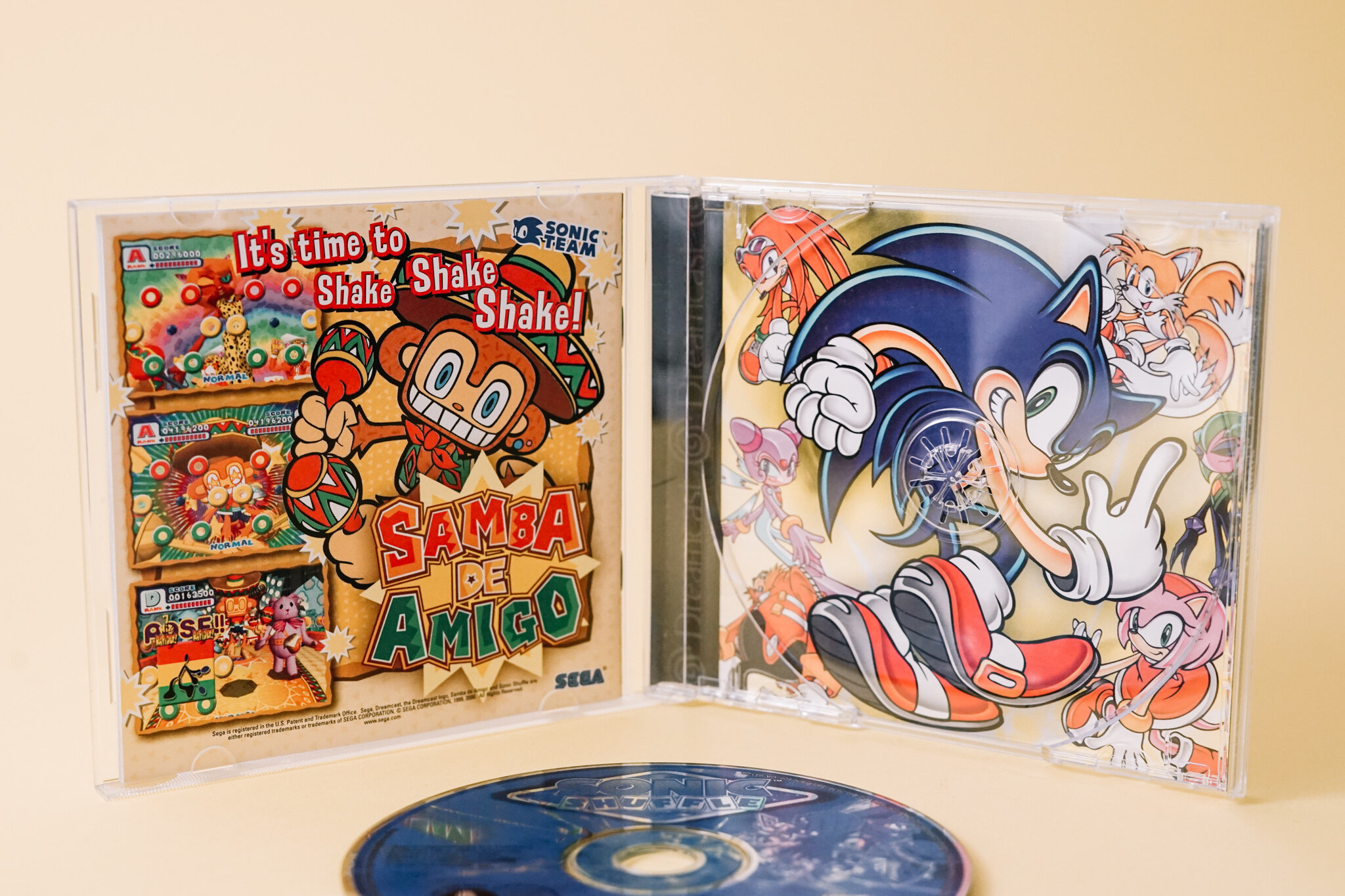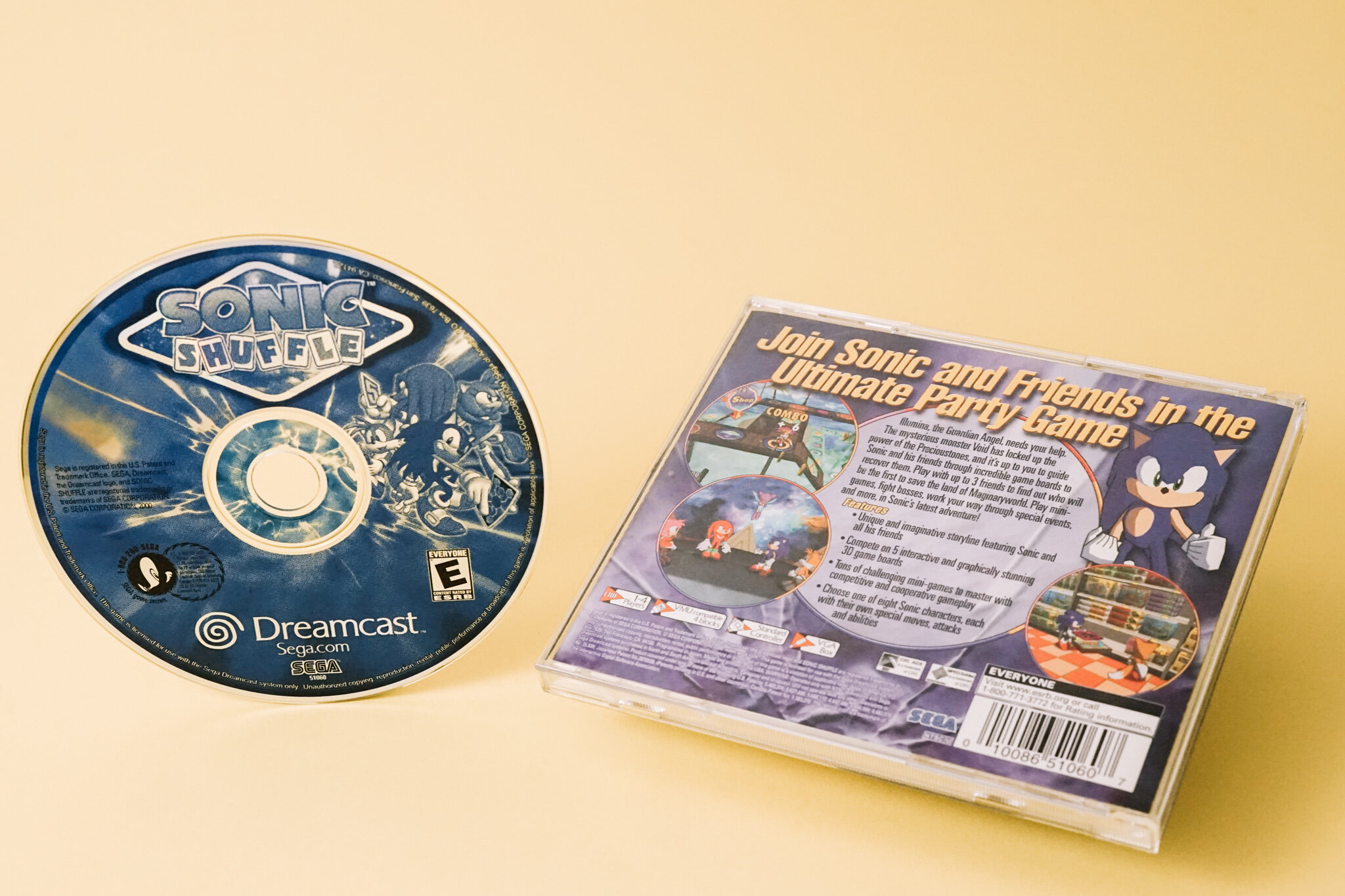Sonic Shuffle
Developer - SEGA; Joint effort between Smilebit and Hudson Soft (developers of Mario Party) with supervision from Sonic Team
Publisher - SEGA
Producers - Hirozaku Kojima, Shuji Utsumi
Lead Game Designer - Hidenori Oikawa
Lead Programmer - Yasuhiro Kosaka
Lead Artist - Hisashi Kubo
Music Director - Akihiro Satoh
Genre - Party Game; Single-player and multiplayer (up to 4)
Dreamcast Release Dates - November 14, 2000 (North America); December 21, 2000 (Japan); March 9, 2001 (Europe)
Current Average Price - $39
It’s impossible to talk about Sonic Shuffle without mentioning Mario Party. Often dismissed as a Mario Party Clone, Sonic Shuffle does indeed heavily borrow from that (pretty good) game series’ formula. It’s a multiplayer board game with mascot characters, there are mini-games and mini-events, and plenty of charm sprinkled on top. Sonic Shuffle was even co-developed by Hudson Soft, the developers who made Nintendo’s Mario Party. So, yeah, Sonic Shuffle is a lot like Mario Party. And it’s true that Mario Party is better than Sonic Shuffle. But then again, you can’t play Mario Party on a Dreamcast.
Premise and Gameplay
Sonic Shuffle is a Sonic the Hedgehog-themed party game published by SEGA for the Dreamcast. It was co-developed by SEGA’s Smilebit and Hudson Soft, and made good use of Smilebit’s cel-shaded graphics tech which the team had pioneered in Jet Grind Radio.
The game plays like a board game wherein up to four players move their chosen Sonic-themed characters across a game board spaced with a variety of triggering events. These spaces will launch mini-games, mini-events, competitive battles, team events, and more. Winning events gains the player rings and Forcejewels, which enable the player with power-ups or create disadvantageous situations for opponents.
Movement across the board is done by picking cards from a hand - the player can move the number of spaces shown on the card. Interestingly, when played in multiplayer mode, each players’ hand is displayed on the controller’s VMU for secrecy. This imbues the game with a modicum of strategy.
The objective of the game is to collect “Precioustones.” These gems populate on various spaces across the board, and when one is collected a new one appears. Once all of the Precioustones are collected, the player who has collected the most Precioustones wins.
Development
Sonic Shuffle was developed by SEGA and Hudson Soft, with supervision from Sonic Team. Though the credits do not explicitly list all of the members of Smilebit, some notable Smilebit members receive special thanks in the game’s credits and many key technologies developed by Smilebit appear in the game, most obviously the cel-shaded graphical style.
Sonic Shuffle was initially promoted to the gaming press as a spin-off of Sonic Adventure, and was developed alongside Sonic Adventure 2. It was first revealed just prior to E3 in the June 2000 issue of Electronic Gaming Monthly with the title Sonic Square.
The team had planned to implement online multiplayer through SegaNet. This feature, which would have likely elevated the game significantly in the minds of the gaming public and press, was eventually cut so that the game could ship before the holiday season.
Quick Review and Legacy
When played with friends, Sonic Shuffle is a good game. The game boards are well-designed and dynamic, the graphics are good, the character designs are charming, and the soundtrack is excellent. The mini-events are cute. The reference to Shenmue’s “Jet Cola” is a nice touch. And the mini-games, arguably the most important aspect of any party game, are… good. Not excellent or remarkable or truly memorable, but good. And when you’re enjoying all of this goodness with friends, it’s a good time.
However, Sonic Shuffle is not very good when played solo against three CPU opponents. And there’s not much way around that fact. None of its elements are good enough to be enjoyed alone, silently, in a room by yourself. The story mode is a bit painful to play, since moving ahead is predicated on winning a game, and games are usually lost and they can easily take two hours. The story itself is predictable and, frankly, rather pointless. The game therefore becomes truly playable only when we have people with which to play it!
And so, unless we have a particular nostalgia itch to scratch or a room full of friends who happen to love Sonic the Hedgehog and party games and none of those friends can think of anything better to do, Sonic Shuffle ends up being one of the many games for which there’s very little reason to play. It was fine back in its day. It’s fine today. But I played it for two hours to record the video which I just posted to the GGDreamcast YouTube channel, and if I never play Sonic Shuffle again, well, that will be fine too.
Sonic Shuffle doesn’t have much of a legacy today. It has no sequels, and most gamers have forgotten that the game exists. It’s possible that, had SEGA not axed Sonic Shuffle’s planned online multiplayer component, we’d be saying something very different about Sonic Shuffle right now. Perhaps we’d be talking about how much fun it was to play with strangers! Perhaps we’d be fondly remembering a game that did what Mario Party Nintendidn’t (to paraphrase the classic SEGA advertisements). Perhaps we’d be talking about Sonic Shuffle 4!
Buy Sonic Shuffle on eBay here
[Some of the links in this article will direct users to our affiliates at Amazon or eBay. By purchasing anything using these links, GGDC may receive a small commission at no additional charge to you. This helps GGDC produce the content we produce. Many thanks for your support.]



